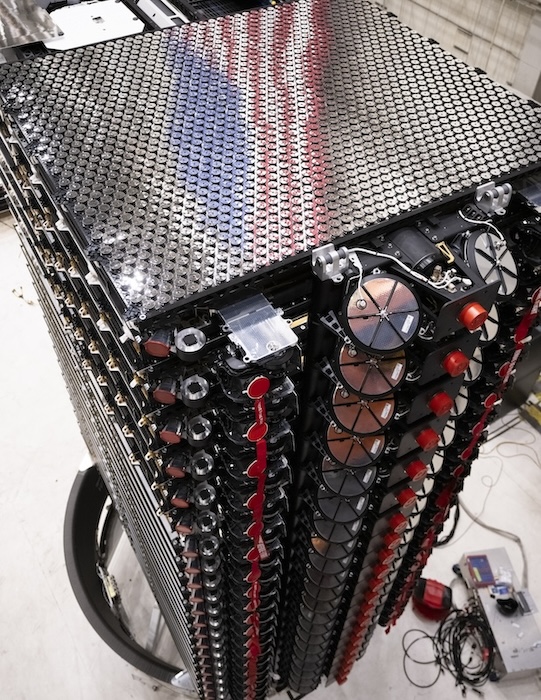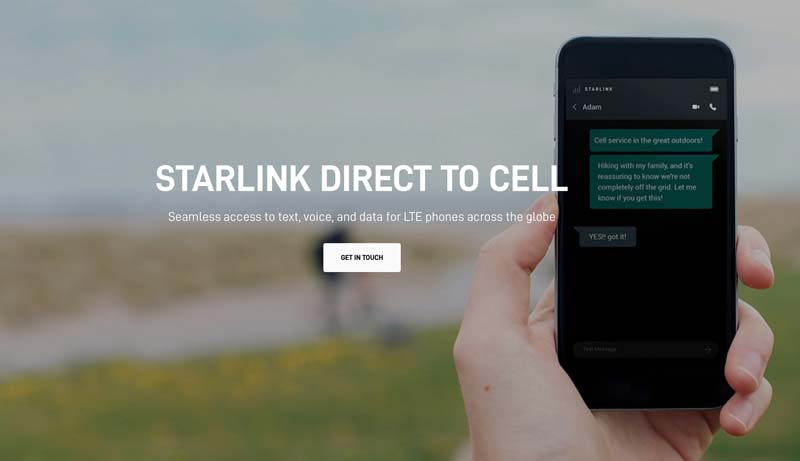The telecommunications landscape is witnessing a high-stakes showdown as SpaceX’s ambitious plan to offer cellular service via Starlink satellites faces fierce opposition from industry giants AT&T and Verizon. This clash of titans is unfolding before the FCC, with each side presenting technical arguments that could shape the future of mobile connectivity.
SpaceX, in partnership with T-Mobile (FCC Greenlights SpaceX Starlink Tests With Mobile Phones, Ground Using Airwaves in Partnership with T-Mobile), is pushing forward with its Supplemental Coverage from Space (SCS) initiative. This groundbreaking project aims to extend cellular coverage to areas traditionally underserved by terrestrial networks. However, to make this vision a reality, SpaceX is seeking a waiver from the FCC regarding out-of-band emission limits.

The crux of SpaceX’s request lies in a proposed “ninefold increase” to the allowable power flux-density limits for out-of-band emissions. This technical adjustment is crucial for the effective operation of the Starlink-based cellular service. SpaceX argues that the current FCC emissions limit is overly restrictive and doesn’t account for frequency-specific considerations in determining appropriate limits.
AT&T and Verizon, heavyweights in the U.S. cellular market, are not taking this development lying down. Both carriers have filed petitions urging the FCC to reject SpaceX’s waiver request, citing potential interference with their existing networks.
AT&T’s technical analysis paints a grim picture, suggesting that SpaceX’s proposal could lead to an 18% average reduction in network downlink throughput in certain markets. This potential degradation of service quality is at the heart of AT&T’s opposition.
Verizon echoes these concerns, predicting that the proposed changes could subject incumbent terrestrial operations to harmful interference. The carrier argues that SpaceX’s margins fail to adequately protect terrestrial user equipment, potentially impacting phone performance.
In response to these objections, SpaceX isn’t pulling any punches. The company accuses its competitors of making “misleading claims” and engaging in “competitive gamesmanship” to block a more advanced supplemental coverage partnership. SpaceX contends that its system will not cause harmful interference to other wireless operations and that its opponents are simply moving the goalposts with each demonstration of non-interference.
This dispute is unfolding against a backdrop of evolving telecommunications strategies. Both AT&T and Verizon have their own plans for satellite-based supplemental coverage through partnerships with AST SpaceMobile. This raises questions about whether their opposition to SpaceX’s proposal is purely technical or influenced by competitive considerations.
The FCC now finds itself at a critical juncture. It must balance the potential benefits of expanded cellular coverage against the concerns of established carriers. The commission’s decision could have far-reaching implications for the future of mobile connectivity, particularly in rural and underserved areas.
As the August 22 deadline for responses approaches, all eyes are on the FCC. Will SpaceX’s celestial cellular ambitions take flight, or will terrestrial concerns ground them before liftoff? In this high-stakes game of cellular chess, it’s clear that the moves made now will resonate across the telecommunications spectrum for years to come.
Related Post
SpaceX’s Orbital Laser Network: The ‘Light Speed’ Future of Starlink
SpaceX Sends and Receives First Texts via Starlink’s New Direct to Cell Satellites
